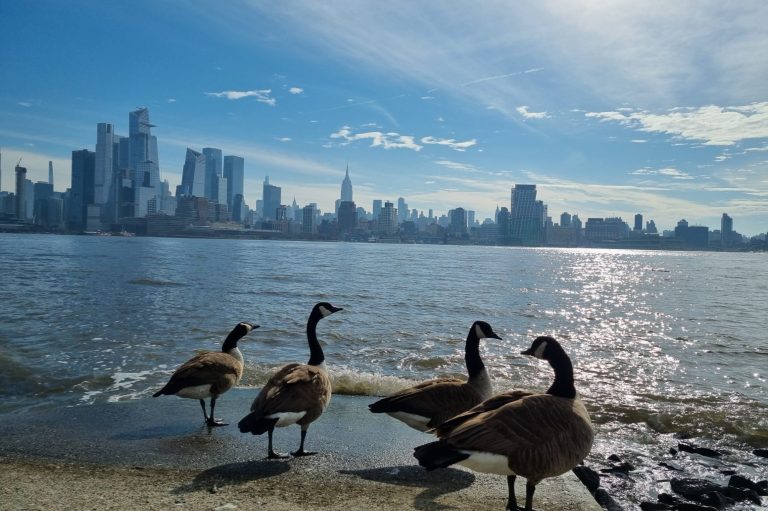PANAMA
Discover Panama City
Panama City is a vibrant and bustling metropolis located at the crossroads of North and South America. With its stunning skyline, rich history, and diverse culture, it is a must-visit destination for travelers looking to experience the best of both worlds. From exploring the historic Casco Viejo district to indulging in delicious local cuisine and shopping at the famous Panama Canal, there is something for everyone in Panama City. Whether you are a history buff, foodie, or adventure seeker, this city has something to offer you. So pack your bags and get ready to explore all that Panama City has to offer!
Other Destinations in North & Central America

Bahamas | Canada | Costa Rica | Cuba | Dominican Republic | Guatemala | Mexico | Panama | United States
Tips to travel to Panama
Traveling to Panama offers a blend of natural beauty, rich history, and vibrant culture. Here are some tips to help you make the most of your trip:
Visa Requirements: Check the visa requirements for your nationality before traveling to Panama. Many visitors can enter visa-free for short stays, but it's essential to verify the specific requirements based on your country of origin.
Best Time to Visit: Panama has a tropical climate, with a dry season (December to April) and a wet season (May to November). The dry season is the most popular time to visit, with sunny weather and lower humidity, making it ideal for outdoor activities and beach vacations. The wet season brings occasional rain showers, but it's also a great time to visit for fewer crowds and lower prices.
Currency and Payments: The official currency of Panama is the Panamanian Balboa (PAB), but the US dollar is widely accepted and used interchangeably. Major credit cards are accepted in hotels, restaurants, and larger stores, but it's always a good idea to carry cash for smaller purchases.
Health Precautions: Make sure to drink bottled or purified water to avoid stomach issues. Apply insect repellent to prevent mosquito bites, as mosquito-borne diseases like dengue fever and Zika virus can occur. Consider purchasing travel insurance that includes medical coverage before your trip.
Transportation: Getting around in Panama can be done through buses, taxis, and rental cars. Public buses are an affordable option for traveling between cities, but they may be crowded and less reliable. Taxis are readily available in urban areas and can be hailed on the street or arranged through your accommodation. If you prefer more flexibility, consider renting a car, but be aware of local driving conditions and traffic laws.
Accommodation: Panama offers a range of accommodation options, including budget-friendly hostels, mid-range hotels, and luxury resorts. Consider staying in boutique hotels in Casco Viejo, Panama City's historic district, or beachfront resorts in Bocas del Toro for a unique experience. Book accommodations in advance, especially during peak tourist seasons.
Language: Spanish is the official language of Panama, but English is widely spoken in tourist areas, hotels, and restaurants. Learning a few basic Spanish phrases can be helpful for communicating with locals and enhancing your travel experience.
Cultural Immersion: Immerse yourself in Panamanian culture by visiting local markets, trying traditional Panamanian cuisine, and attending cultural events and festivals. Don't miss the opportunity to explore Panama's rich history and heritage by visiting Panama Viejo, Casco Viejo, and the Panama Canal.
Outdoor Activities: Panama offers plenty of outdoor activities, including hiking, birdwatching, snorkeling, and surfing. Explore national parks like Soberania National Park and Chagres National Park for hiking and wildlife viewing, or visit the San Blas Islands for snorkeling and diving.
Respect Local Customs: Familiarize yourself with Panamanian customs and etiquette to show respect for the local culture. Greet people with a handshake or a warm "Buenos días" (good morning), and use "por favor" (please) and "gracias" (thank you) when interacting with locals. Dress modestly when visiting religious sites or indigenous communities.
By keeping these tips in mind, you can have a memorable and enjoyable experience exploring the beauty and culture of Panama.
Travel Advisories
The U.S. Department of State has four Travel Advisory Levels: Level 1 - Exercise normal precautions; Level 2 - Exercise increased caution; Level 3 - Reconsider travel; Level 4 - Do not travel.
Level 2 - Exercise increased caution when traveling to Panama.
Country Summary: Exercise increased caution in Panama due to crime.
Level 4 - Do not travel to:
- Parts of the Mosquito Gulf due to crime.
- Parts of the Darién Region due to crime.
Parts of the "Mosquito Gulf" – Level 4: Do Not Travel
The “Mosquito Gulf” is an extremely remote and inaccessible area along part of the north (Caribbean) coast.
Do not travel within 10 miles of the coastline, from Boca de Rio, Chiriqui to Cocle del Norte. Drug trafficking and other illicit activities occur in this area.
Parts of the Darién Region – Level 4: Do Not Travel
Do not travel to the following areas of the Darien:
- All areas south of Jaque to Manene to Yaviza to Lajas Blancas cities to the Colombian border
- The city of Lajas Blancas
- The city of El Salto
Criminal elements and drug and human trafficking networks operate in these areas. Police presence and emergency response are extremely limited.
It's advisable to consult your country's official travel advisory website, for the most up-to-date information and specific travel advisories related to this country. Additionally, register your travel plans with your embassy or consulate for assistance in case of emergencies.
Itaca Tours, LLC - itacatours.com
120 Park Plaza Dr Apt 3316 - 07094 - Secaucus, United States | Telephone +12154302918
Privacy Policy | ©Copyright. All rights reserved.
We need your consent to load the translations
We use a third-party service to translate the website content that may collect data about your activity. Please review the details in the privacy policy and accept the service to view the translations.
